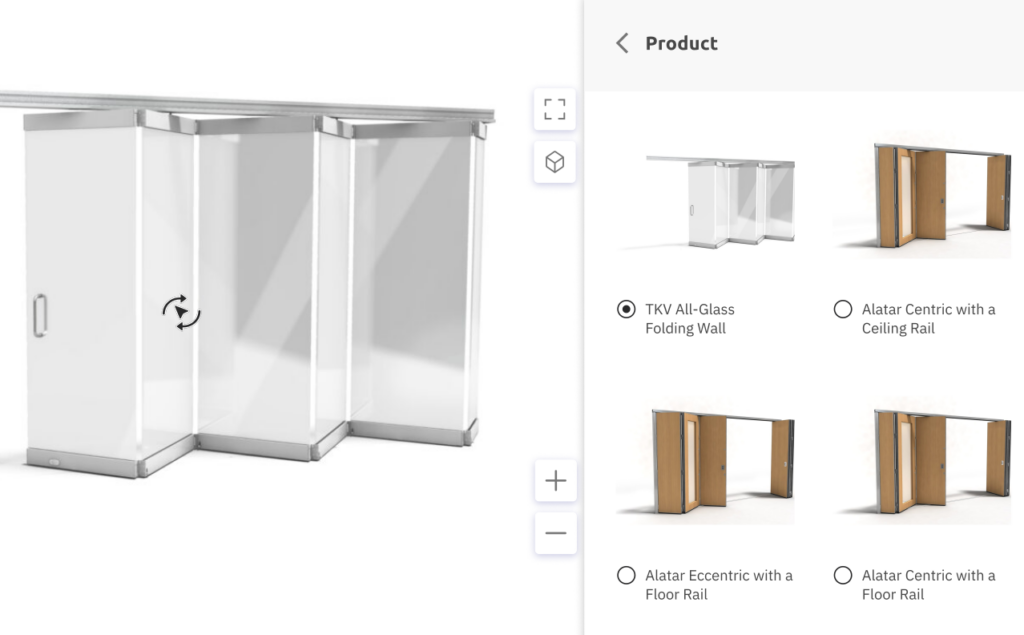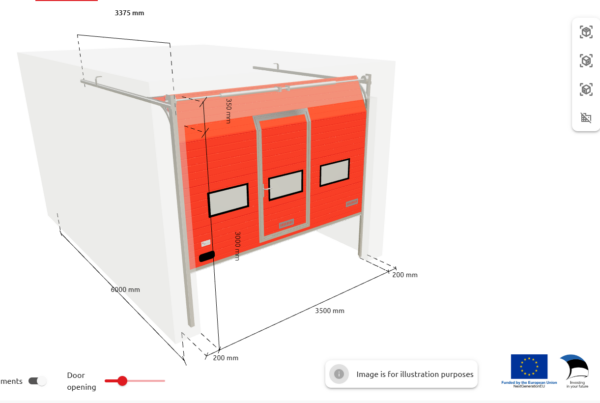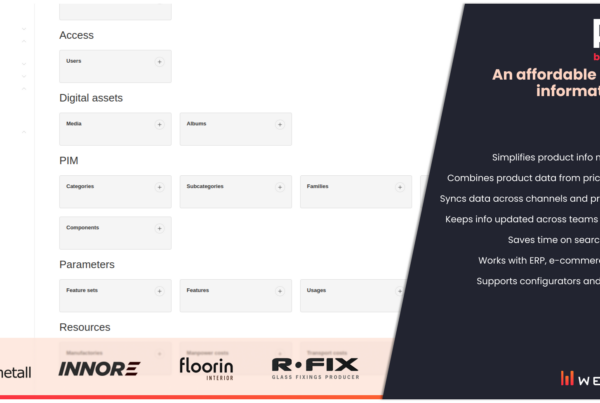In the field of e-commerce, where innovation and personalization are playing an increasingly important role, a previously underestimated opportunity opens up before us – the product configurator.
This tool allows customizing products according to the customer’s exact wishes and needs, creating a much more engaging shopping experience. Yet, this resource often remains underutilized.
In this article, I’ll explore how product configurators could bring a completely new era to e-commerce.
Creating a playful shopping experience
Product configurators are like a game that turns the process of buying products into an exciting and personalized experience. Most of us are familiar with their visual applications, allowing customization of, for example, the appearance of a car before purchase. Configurators captivate customers quickly because they bring a playful element to the purchasing process and create an emotional connection between the buyer and the product.
Today, we see that the charm of product configurators in e-commerce extends beyond the automotive industry. Consumers want personalized products in other fields as well, such as construction. Who wouldn’t want to see the different impressions a house would leave with various colors and materials before ordering a roof? Visuals created by configurators help make purchase decisions more confidently and turn dreams into reality.
In addition, configurators also serve as excellent marketing tools. They encourage customers to engage with the product and help them understand all its possibilities. The company also gathers valuable customer data through the configurator, which can later be used in remarketing strategies.
 Configurator as a free additional employee
Configurator as a free additional employee
The configurator also brings a shift in the way work is done – it’s no longer solely on the shoulders of salespeople but happens in collaboration between the customer and automation. This means that the life of a salesperson becomes simpler.
This is especially true in industries where personalized products are part of everyday life, such as furniture manufacturers, construction material providers, the automotive industry, and electronics. These are areas where a significant part of a salesperson’s work used to involve receiving precise orders in writing, entering data, creating manual projects, and endless error correction.
Now, the salesperson receives the perfect inquiry. The customer compiles the necessary data for a quote themselves. For example, a customer buying parquet flooring can specify the material, finish, and the area of the room. The configurator, in turn, helps calculate the number of boards, and a preliminary visual and quote are generated in an instant.
In such industries, it’s evident how the configurator helps optimize business. While a company may spend 4000€-6000€ per month on one salesperson, a configurator can be acquired for the equivalent of 3-6 months of a salesperson’s salary. Since the configurator doesn’t demand bonuses and office space, doesn’t require a salary increase, and doesn’t make human errors, it’s like having a free additional employee for the company in the second half of the year.
Ordering a product configurator: what to consider?
The creation of a configurator occurs through collaboration between the customer and a software developer. It’s generally good to involve a developer who knows the company’s product portfolio inside and out. The developer must have detailed information about the product, such as colors, shapes, sizes, quantities, limits, usage possibilities and restrictions, and other criteria. In the early stages of the project, developers get to know the customer and their products like the back of their hand.
Moreover, nowadays, development has become so simple and relatively inexpensive that a configurator doesn’t have to be built from scratch. The necessary building blocks already exist; they just need to be stacked on top of each other in a way that meets the customer’s needs. Developers can create the initial version of a configurator in just 2-3 months.
Looking even further into the future, a configurator in e-commerce doesn’t have to be limited to a 2D image or a 3D model on a computer screen; it can display products in an augmented reality (AR) environment. This way, you could see the new parquet through your phone screen placed in your own apartment. Who wouldn’t want to buy a product that’s almost within reach!
Kaur Tull, CEO of Wenture





